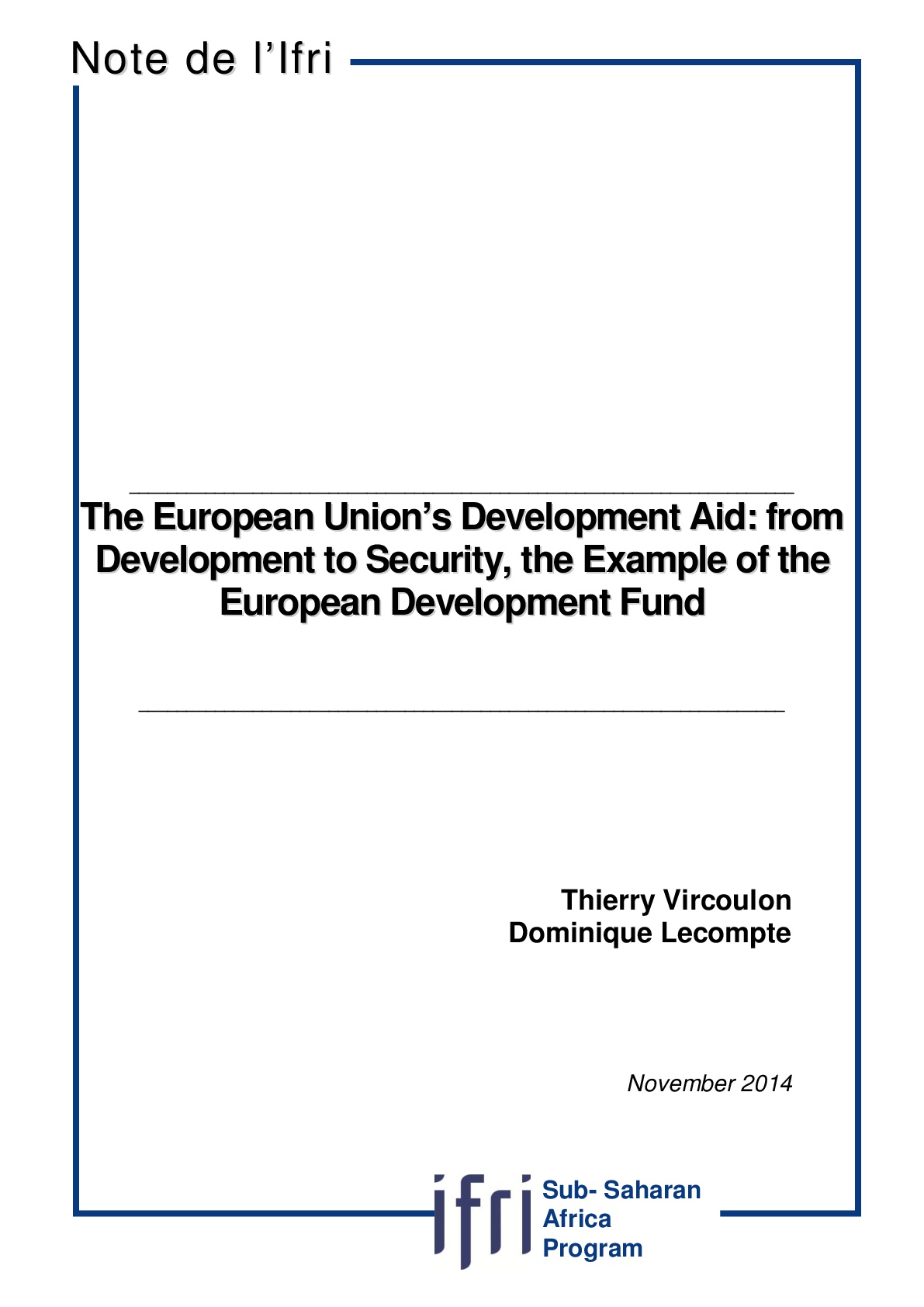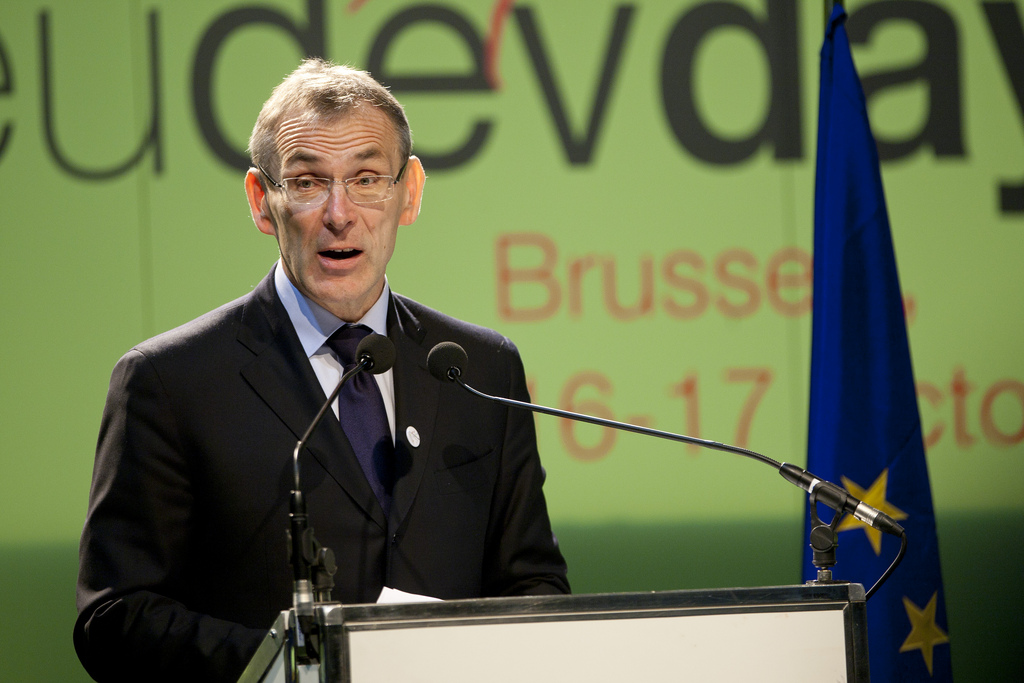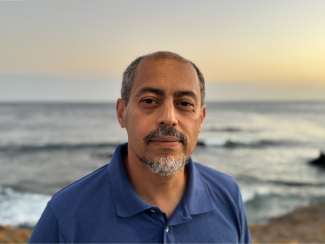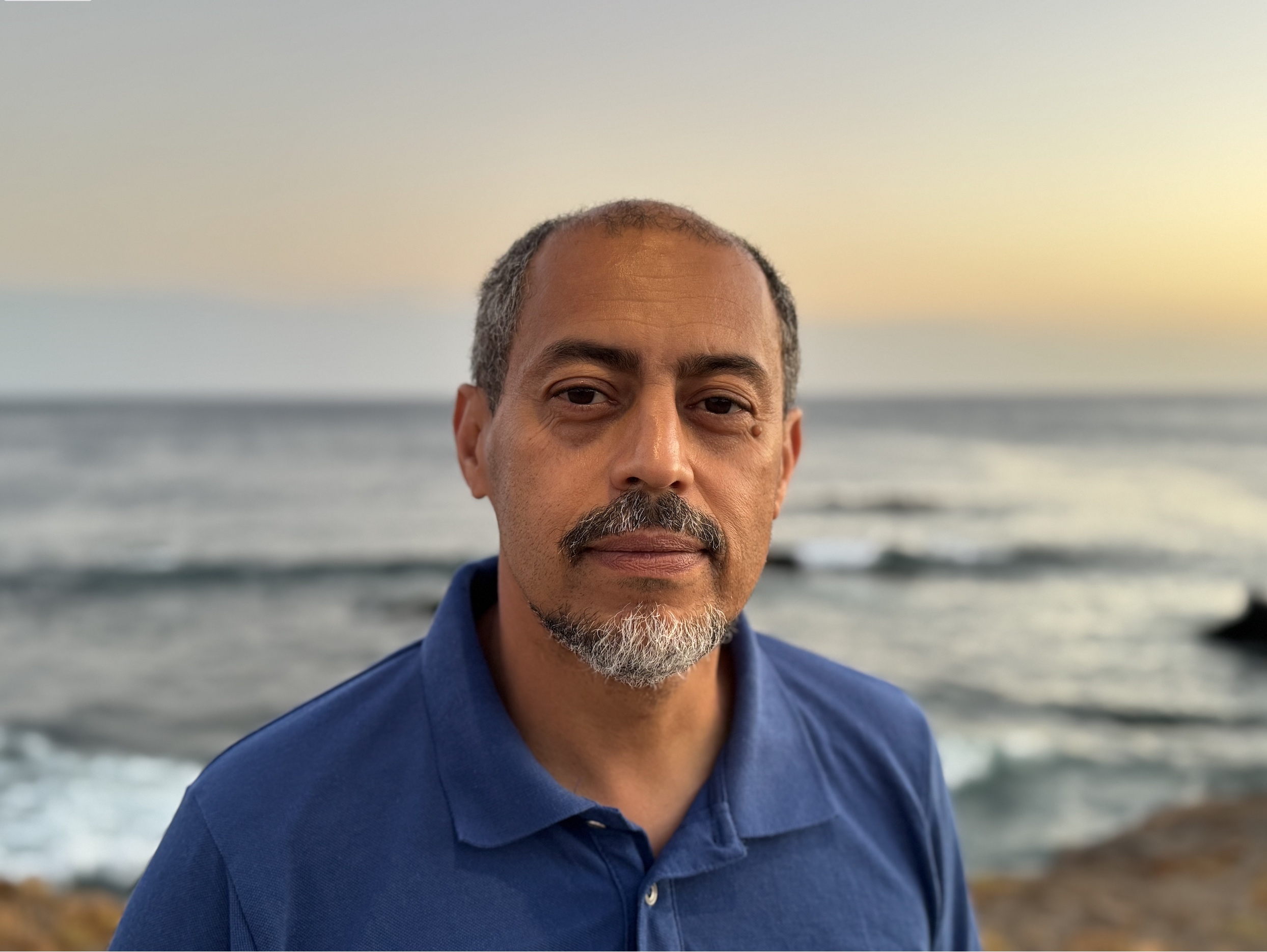The European Union's Development Aid : from Development to Security, the Example of the European Development Fund

In the course of its institutional development and the expansion of its activities, the European Union (EU) has tended to pile up rather than to rationalize its policies, creating a financial tool per objective. As a result, the European funds have become a labyrinth, for which management costs are high.

The external activities of the EU do not escape this trend, because their multiple objectives defined by the former EU’s High Representative for foreign affairs, Catherine Ashton, as “promoting our own values and fundamental interest such as human rights, democracy and the rule of law, but also… as contributing to the struggle against poverty, to peace-keeping and the resolution of conflicts in the world” are based on 9 or 10 different instruments, some of them described as “geographical” and others as “thematic”: the Financing Instrument for Development Cooperation (DCI), the European Neighbourhood and Partnership Instrument (ENPI), the Instrument for Stability (IfS) and the European Instrument for Democracy and Human Rights (EIDHR), etc. The fields and geographical areas of intervention of these tools overlap and account for a total of 96.2 thousand million euros for the period 2014-2020.
The European Development Fund is the oldest of these instruments, dating back to well before the Maastricht Treaty of 1992, which saw the beginning of the EU’s foreign policy. Its objective - investment for development - and its geographical scope for intervention - post-colonial - were initially clearly defined but it has had over time to adapt itself to the consolidation of the EU’s activities in foreign affairs and to the proliferation of its objectives. Broken down into a series of different instruments, the EDF currently appears as a multi-layered organization, resulting from the build-up of intervention methods which have appeared over the years.
Apart from the complexity of its present functions, the evolution of the EDF reflects the evolution of European aid, which was initially an investment for infrastructure and is becoming more and more an investment for security. Following Maastricht Treaty, the structuring of a European co-operative diplomacy politicized development aid and is developing a security orientation, without it being clear whether the ultimate aim is to improve the security for the European citizens or for developing countries citizens. The object of this article is not to judge this evolution but to be aware of it when analyzing the main development fund of the EU (the EDF) and one of its offshoots (the Peace Facility for Africa) and then to shed light on the difficulties and doubts that this evolution generates within the framework of the relations between the EU and the developing countries.
Download the full analysis
This page contains only a summary of our work. If you would like to have access to all the information from our research on the subject, you can download the full version in PDF format.
The European Union's Development Aid : from Development to Security, the Example of the European Development Fund







